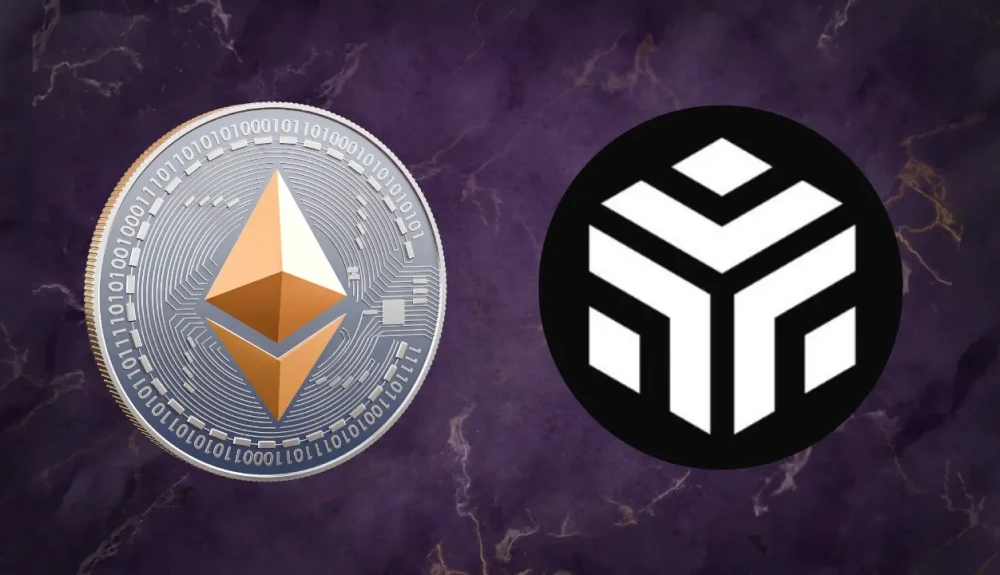N
on-fungible tokens (NFTs) have exploded in popularity over the last couple of years, with sales topping $25 billion in 2021 alone. However, the NFT space has faced limitations like lack of liquidity, indivisibility, and interoperability with decentralized finance (DeFi).
ERC-404 offers an experimental solution – a hybrid token standard blending fungible and non-fungible tokens to open up new possibilities. This pioneering standard combines the strengths of ERC-20 and ERC-721, unlocking enhanced liquidity, fractionalization, and integration between NFTs and DeFi.
While still in early developmental stages, ERC-404 represents a fascinating innovation at the bleeding edge of blockchain’s evolution. This article will take an in-depth look at how ERC-404 works and the promising but uncertain future of this inventive standard.

The Current State of Tokens
To understand ERC-404, it helps to review the standards that came before. Ethereum’s ERC-20 made waves as the first true fungible tokens, opening the door for things like stablecoins. Meanwhile, ERC-721 took off with unique NFTs like CryptoKitties and digital art.
These standards fulfilled important roles but were siloed in their uses. ERC-20s excel for trading but lack identity. ERC-721s have character but aren’t readily divisible. What if there was a way to blend the best of both? Enter ERC-404.
What is ERC-404 Token Standard?
Developed by the Pandora team, ERC-404 is an experimental new token standard that aims to bridge the gap between fungible and non-fungible tokens, enabling enhanced liquidity and fractionalization. This integration of ERC-20 and ERC-721 standards opens up new prospects in decentralized finance (DeFi) and NFTs. While still in the early stages, ERC-404 shows intriguing potential to transform asset representation and trading on blockchains.
How Does ERC-404 Work?
The standard employs a clever technique called “pathing” which forms the foundation of its design. Pathing works by having each NFT store data about the percentage of ownership it represents in the total supply of an associated fungible token. For example, if there’s a 1,000 token supply, an NFT could note it controls 10% of that, equivalent to 100 tokens.
Whenever a portion of the fungible token is sold or transferred to another wallet, the ERC-404 contract automatically “burns” a corresponding percentage of the linked NFT. So if someone sold 50 of their 100 tokens, the NFT would lose ownership of 5% of its recorded amount.
This creates a direct bond between the fungible and non-fungible pieces at the protocol level. The two different types of tokens are woven together through their shared supply information stored on-chain. Even though parts of the fungible token can freely trade between wallets, the NFT retains traits like its ownership history and any other metadata assigned to it.
For instance, in Pandora, each Replicant NFT comes with visual attributes like rarity colors. No matter how many times the underlying PANDORA tokens change hands, those unique color properties stay permanently attached to the Replicant.
What Is the Pandora Project?
Pandora was the pioneering project to use ERC-404. It introduced 10,000 uniquely generated NFT assets called “Replicants” to serve as the non-fungible counterparts linked to the project’s core fungible asset, $PANDORA tokens.
Each Replicant contains distinguishing attributes like rarity classifications that differentiate their characteristics. Concurrently, 10,000 PANDORA tokens were deployed to provide the fungible representation.
Through its implementation of ERC-404’s “pathing” mechanism, Pandora established rules governing the dynamic relationship between these interconnected assets. Upon receiving PANDORA tokens, ERC-404’s transaction logic auto-mints holders with a Replicant reflecting their proportion of ownership.
This Replicant is then permanently recorded on the blockchain as belonging to the recipient’s wallet address.

Key Features of ERC 404
The ERC-404 standard presents an intriguing new approach for building on Ethereum. Here are the key features of the token standard:
- Hybrid Representations: Tokens issued on ERC-404 can portray both fungible and non-fungible assets, allowing developers more choice in how they structure representations of value.
- Fractional Ownership: Perhaps most innovatively, ERC-404 facilitates the native fractionalization of NFTs into liquid portions. This could reconstruct how value flows within and around NFT collections.
- Experimental Nature: As an unaudited standard, ERC-404 is in some ways experimental. However, it has undergone rigorous testing by developers. Time will tell how its more creative conceptions bear out in real-world use cases.
- Market Implications: By encouraging aspects like trading and engagement, the standard seeks to spur on-chain activity and increase liquidity within the NFT sphere. Early projects like Pandora and DeFrogs offer a glimpse of its potential impacts.
By integrating fungible and non-fungible properties, ERC-404 heralds a new era of hybrid cryptoassets. While risks abound in its preliminary phases, its upside if realized could be immense. For the curious developer or investor, ERC-404 presents opportunities to get involved early in what might become a transformative standard.
















